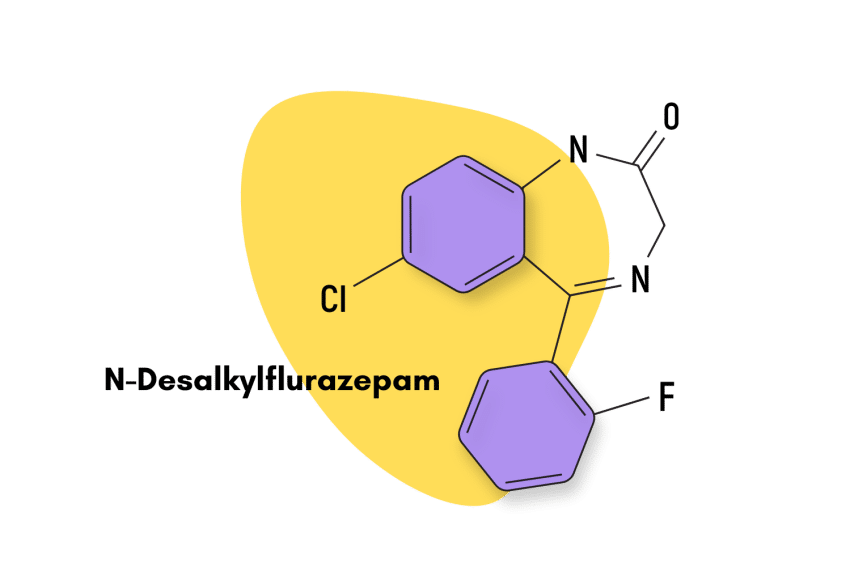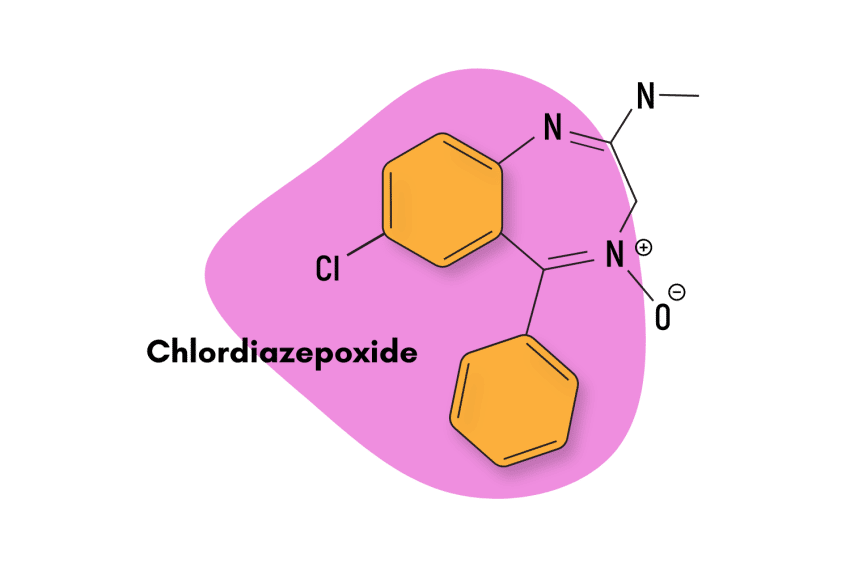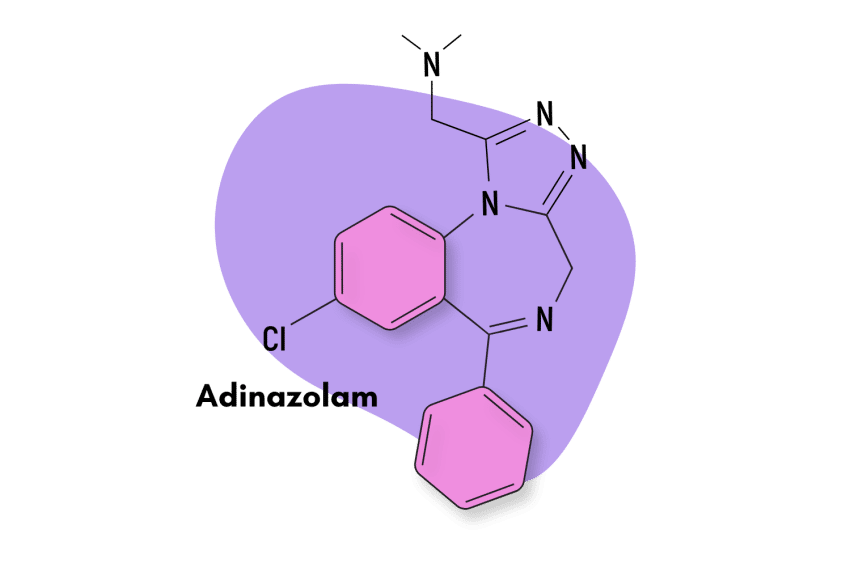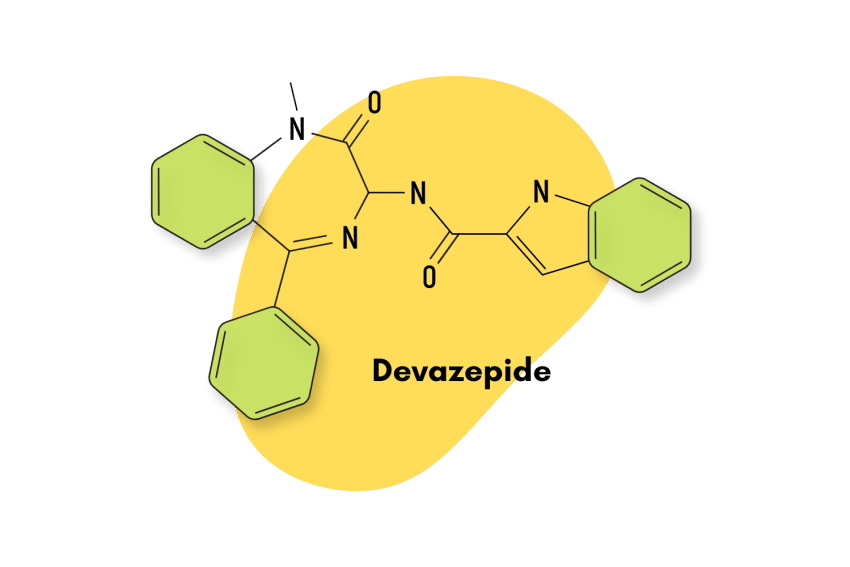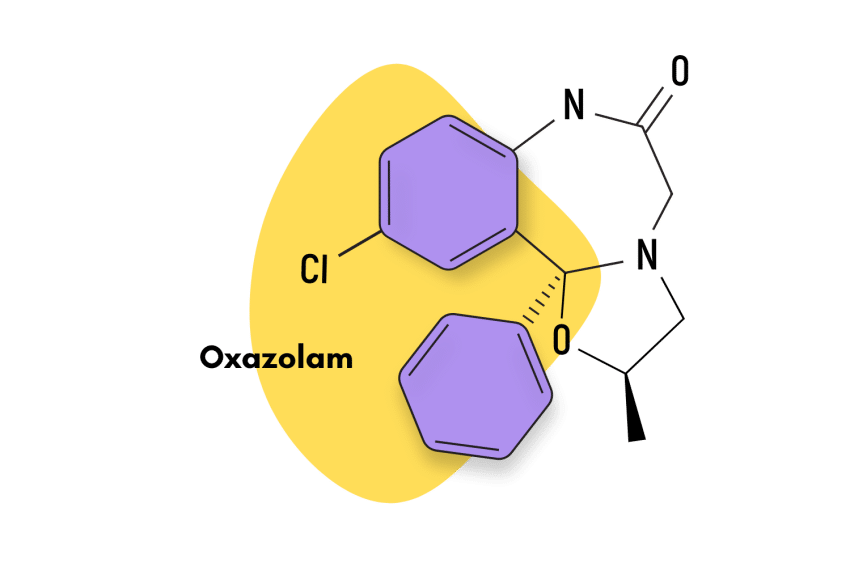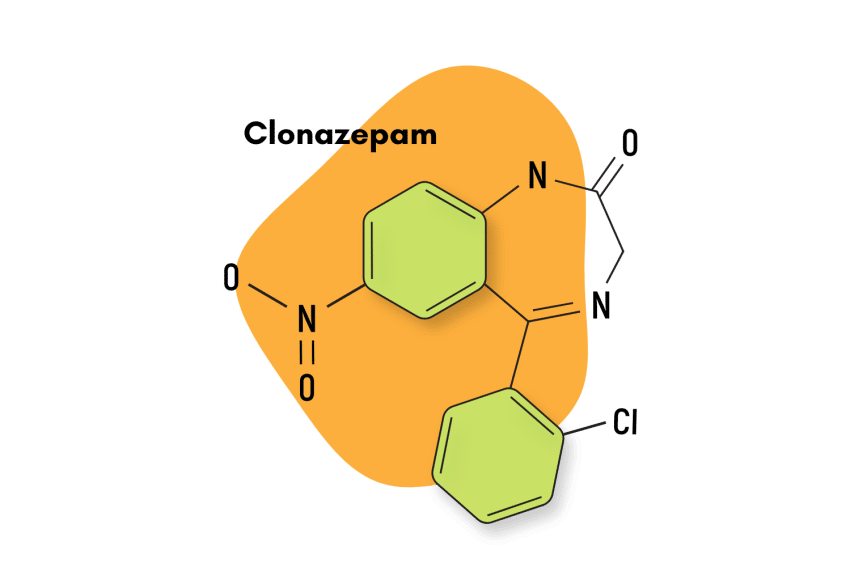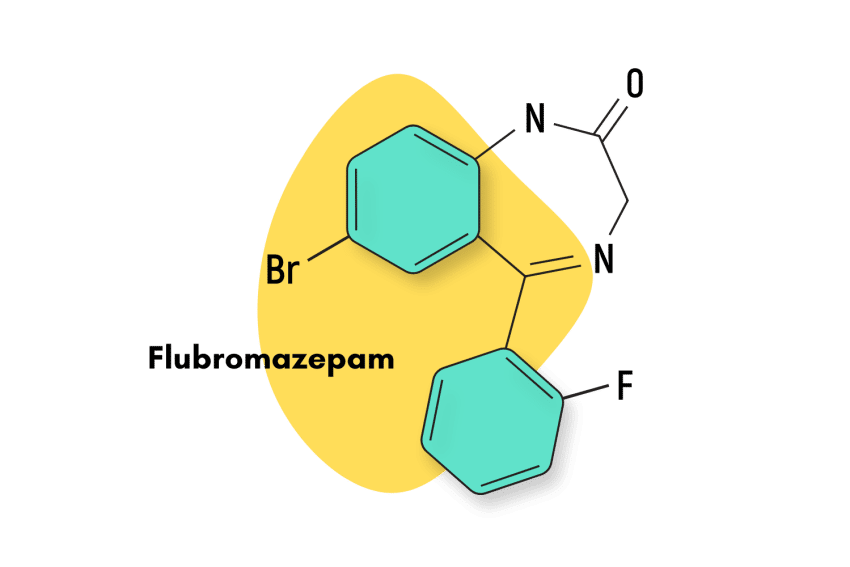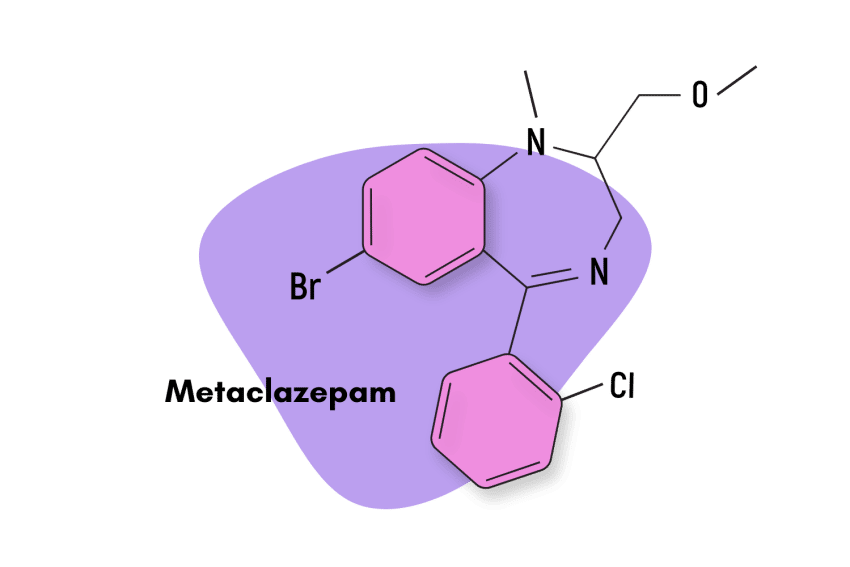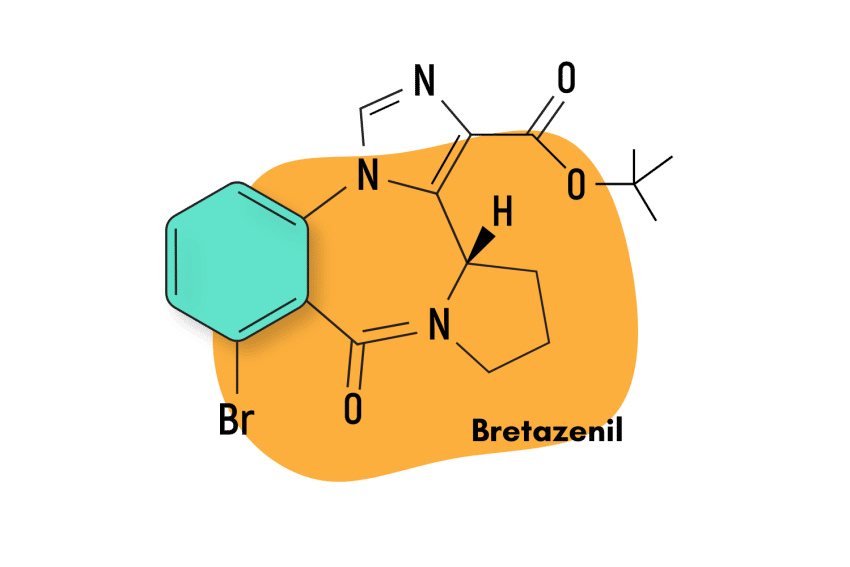Nimetazepam (Mogadon): A Long-acting Benzodiazepine
Be extra careful when using this highly-addictive benzo derivative.
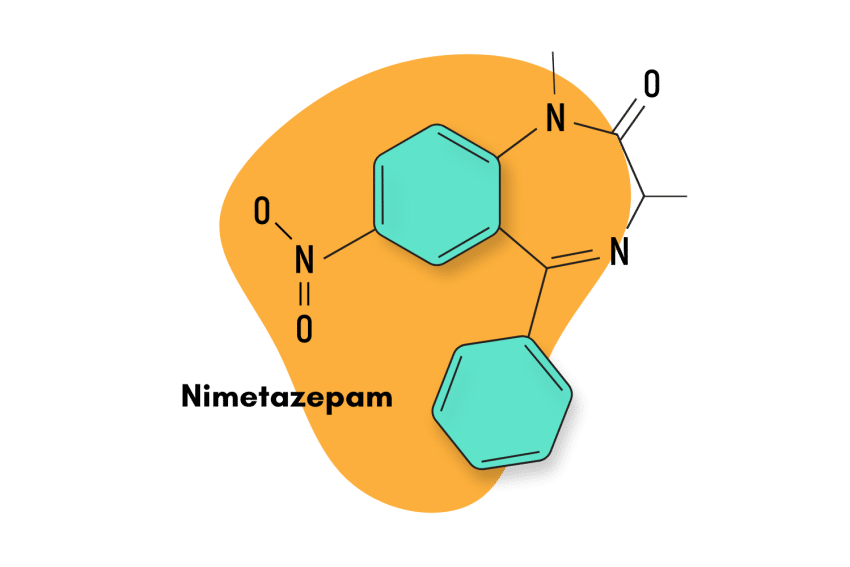
Nitrazepam is a drug belonging to the benzodiazepine class of drugs. It is a hypnotic and anticonvulsant benzodiazepine derivative. Users commonly turn to nitrazepam for its potential as a strong sedative, anxiolytic, amnestic, anticonvulsant, and skeletal muscle relaxant effects.
Nitrazepam works on the gamma-aminobutyric acid (GABA) receptors in the brain leading to muscle relaxation and improving sleep. With nitrazepam, it takes less time to fall asleep, and the user can sleep longer.
Some research also suggests that nitrazepam may help to treat myoclonic seizures. The downside is nitrazepam’s strong tendency to become habit-forming.
As a result, users must always be cautious when using this drug.
Nitrazepam Specs
| Status | Approved in some countries Not approved in the USA |
| Common Dosage | 5 mg |
| PubChem ID | 4496 |
| CAS# | 2011-67-8 |
| IUPAC Name | 7-nitro-5-phenyl-1,3-dihydro-1,4-benzodiazepin-2-one |
| Other Names | Benzalin, Neozepam, Imeson, Erimin, Lavol |
Metabolism
Nitrazepam is largely metabolized by the cytochrome P450 enzymes, especially the CYP3A4 enzyme [1].
Duration of Effects
Nitrazepam is an intermediate-acting benzodiazepine derivative. It has a half-life of 15 to 38 hours with a mean elimination half-life of 26 hours. It has a bioavailability of 53-94% following oral administration [2].
What is the Dose of Nitrazepam?
Nitrazepam is available in the form of orally ingestible tablets of a 5 mg dose.
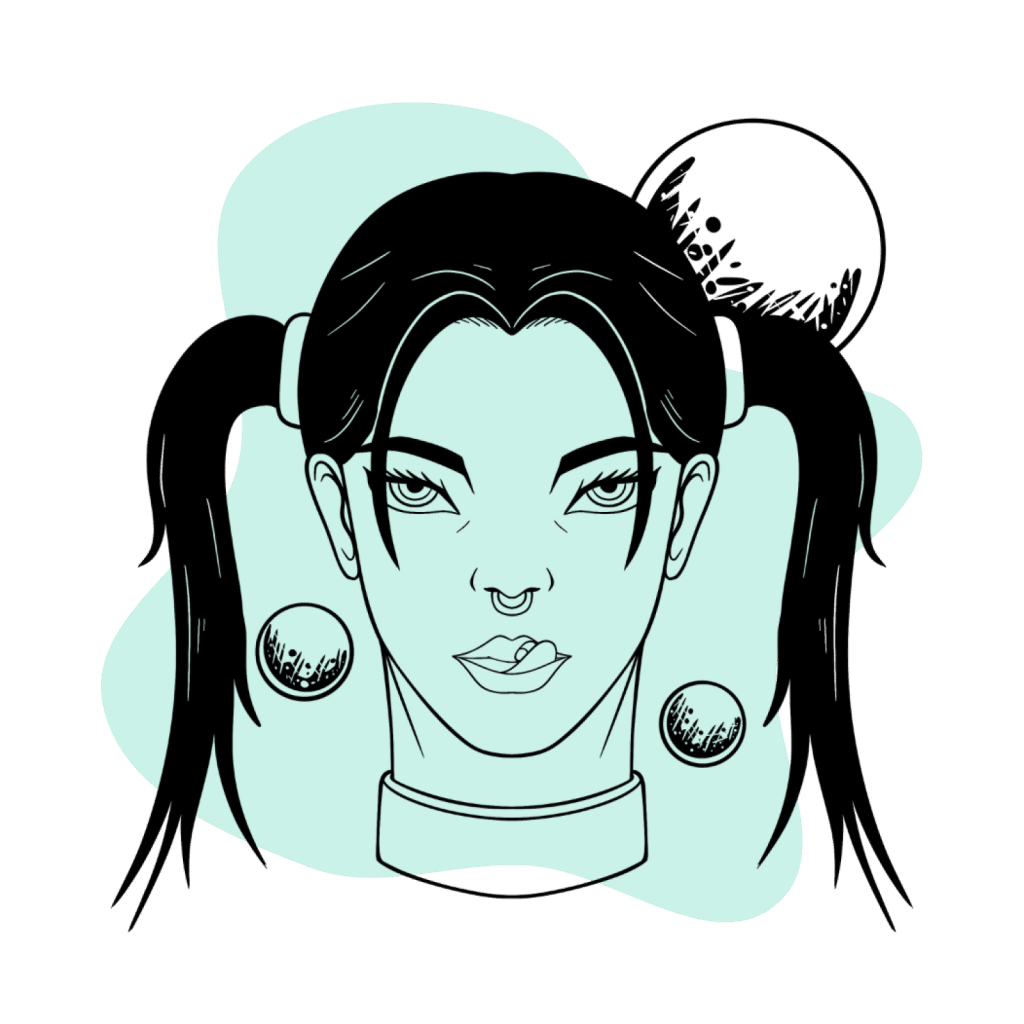
Benzodiazepine Dosage Equivalency Calculator
**Caution:** Benzodiazepines have a narrow therapeutic window. Dose equivalents may not be accurate in higher doses.
This calculator does not substitute for clinical experience and is meant to serve only as a reference for determining oral benzodiazepine equivalence.
Please consult a medical practitioner before taking benzodiazepines.
How Does Nitrazepam Work?
Nitrazepam belongs to a class of drugs known as benzodiazepines, acting on the benzodiazepine receptor in the brain. These a part of the complex of receptors associated with Gamma-Aminobutryic Acid (or GABA receptors.)
This relation helps better bind the GABA to the GABAA receptors leading to muscle relaxation and induction of sleep [3].
The central benzodiazepine receptors that this medication affects link to inhibitory GABA receptors primarily. This results in increased GABA binding activity, slowing down the central nervous system GABA, a key inhibitory neurotransmitter.
This transmitter’s primary responsibility in the brain is to induce sleep, relax muscles, and control anxiety. It also decreases symptoms of depression.
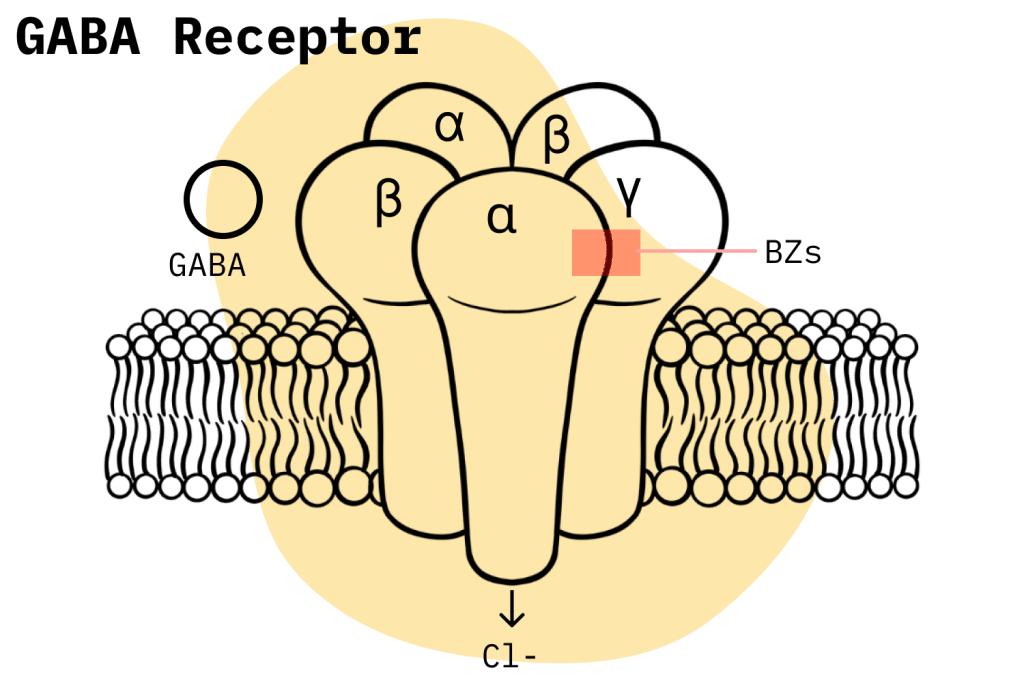
Nitrazepam, like other benzodiazepines, can help treat seizures as well. In general, benzodiazepines can bind to voltage-dependent sodium channels, helping to delay the recovery of sodium channels from inactivation. This action can limit the sustained repeated firing and thus stop brain activity that leads to seizures [4].
Nitrazepam can also inhibit polysynaptic pathways in the spinal cord, producing central muscle relaxation [5].
When other medications don’t work to treat epilepsy, medical professionals may turn to nitrazepam. In treating age-dependent epilepsy affecting the very young, called West syndrome, it may even be more successful than clonazepam.
When other anti-seizure medications have failed, nitrazepam is occasionally considered for treating infantile spasms [12].
Is Nitrazepam Safe?
As nitrazepam is a habit-forming drug, only a few countries still use it medically. It has gained notoriety as a drug that is widely abused.
If necessary, nitrazepam requires a doctor’s prescription, and we strongly discourage recreational use. The substance has the potential to build addictions and cause physical dependence.
These may include:
- Abdominal cramps
- Anxiety
- Blurred vision
- Concentration issues
- Dizziness
- Sweating
- Trembling
These are just a few unpleasant benzodiazepine withdrawal symptoms you could experience if you stop using the medication suddenly after building up a tolerance.
Additionally, using nitrazepam along with some medicines can result in sedation, respiratory issues, or even a coma that could be fatal.
Nimetazepam was often prescribed in the ’80s and ’90s — especially in Japan, Malaysia, Brunei, the Philippines, Thailand, Indonesia, Hong Kong, and Singapore. Since 2005, prescriptions for the drug have significantly declined due to widespread abuse and addiction.
In children, it is mostly used as an anticonvulsant. It’s also used in the most extreme and crippling cases of insomnia for short-term inpatient or outpatient care.
Side Effects Of Nitrazepam
Common side effects of nitrazepam are:
- Ataxia
- Blurring of vision
- Dizziness
- Decreased sex drive
- Fatigue
- Frequent urination
- Impairment of memory
- Impairment of motor functions
- Increased salivation
- Lightheadedness
- Low mood
- Muscle weakness
- Problems with thinking
- Sleep disturbance with vivid dreams
- Somnolence
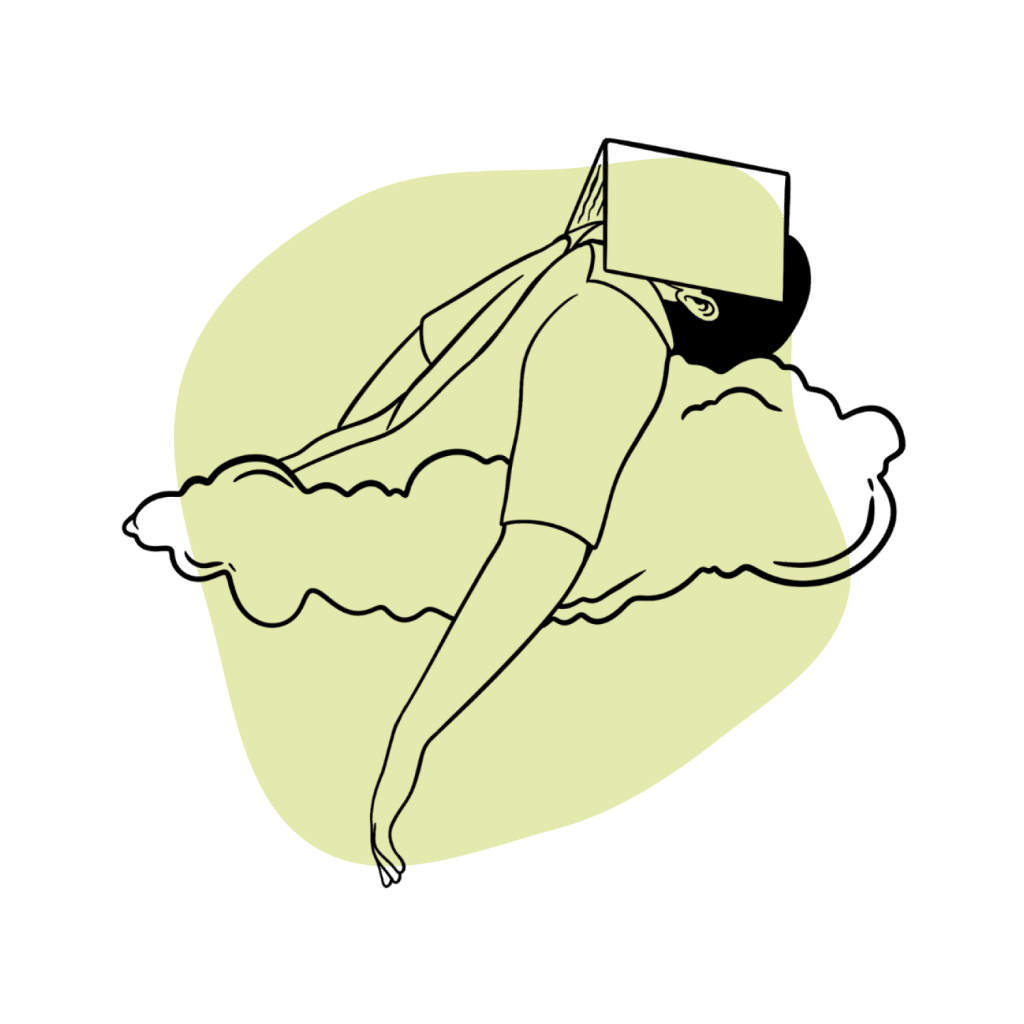
Serious side effects of nitrazepam:
- Amnesia (loss of memory) and confusion
- Anaphylactic reactions, which include rashes, itching, hives, swelling of the lips, tongue, or face, hoarseness of voice, difficulty breathing, and confusion
- Breathing issues characterized by short, shallow breaths
- Depression and suicidal thoughts/ thoughts of self-harm
- False beliefs or delusions and hallucinations
- Nasal bleeding, random bruises, and other issues with bleeding
- Signs of cardiac issues such as limb swelling, an irregular heartbeat, and fatigue
- Yellowing of the skin or eye indicates issues with the liver.
If you experience any of these, contact your healthcare provider or physician at once.
Harm Reduction: Nitrazepam
Nitrazepam, like most other benzodiazepines, has the risk of developing dependence in its users. Any abrupt stopping of the drug can cause withdrawal symptoms too.
Bringing Down the Risk of Drug Dependence
Only use nitrazepam with the instructions of the prescribing physician. Typically, nitrazepam treatment shouldn’t go longer than seven to ten days straight. Use for more than two to three weeks in a row necessitates a thorough reassessment of the patient.
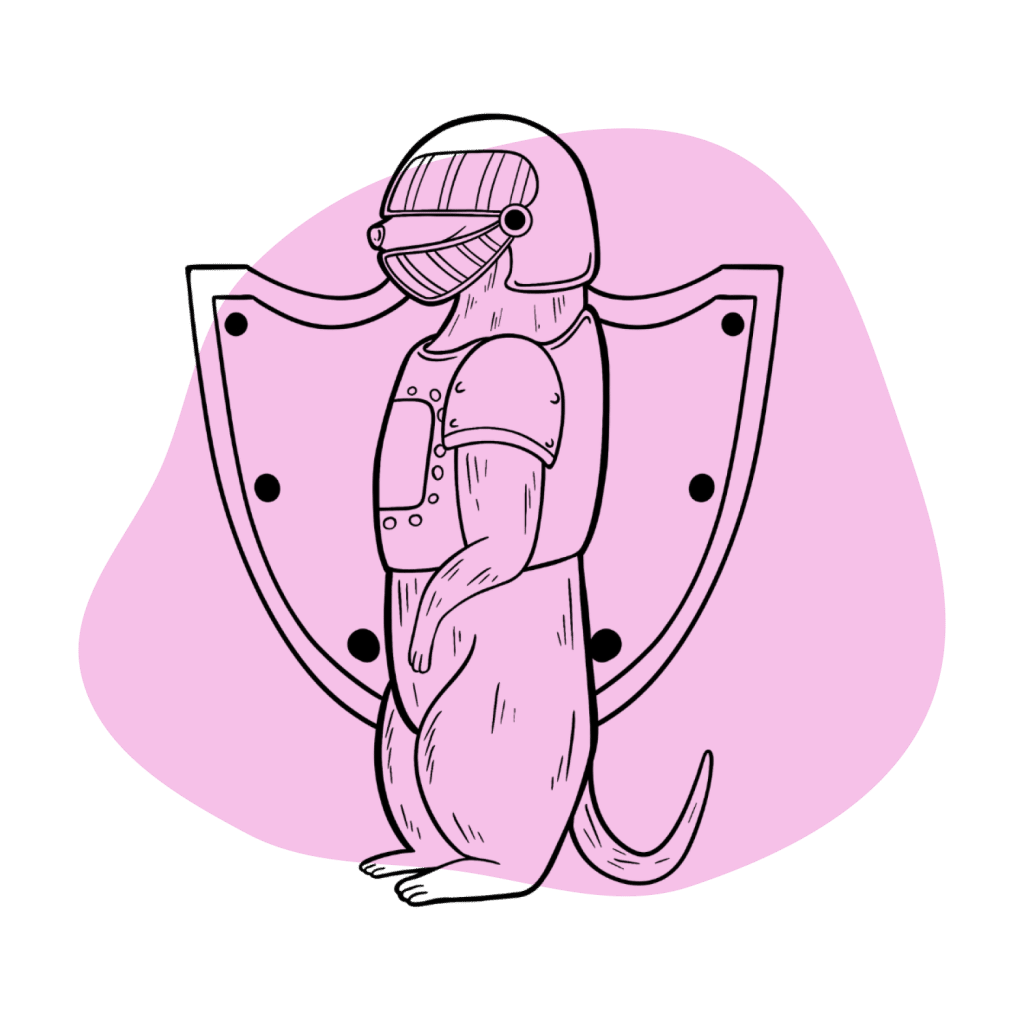
Nitrazepam use should only happen for brief periods (7–10 days), and doctors typically prescribe no more than a month’s worth at a time.
Dependency may manifest in just four weeks. Always gradually decrease nitrazepam dosage before entirely terminating your use if taken for a prolonged period.
Limit Certain Activities When Using the Drug
When taking nitrazepam, you shouldn’t drive or operate heavy machinery. Never combine it with alcohol.
The effects of this drug may cause the user to become extremely tired, sleep excessively, and have difficulty waking up. Do not take nitrazepam alongside caffeine.
Do Not Combine Nitrazepam with Other Medications.
You should inform your physician about all the medications you are taking, especially those that affect the metabolism of benzodiazepines. These include medications such as antibiotics, antifungals, protease inhibitors, and other benzodiazepines, sedatives, hypnotics, phenobarbital, phenytoin, and specific SSRIs like fluvoxamine.
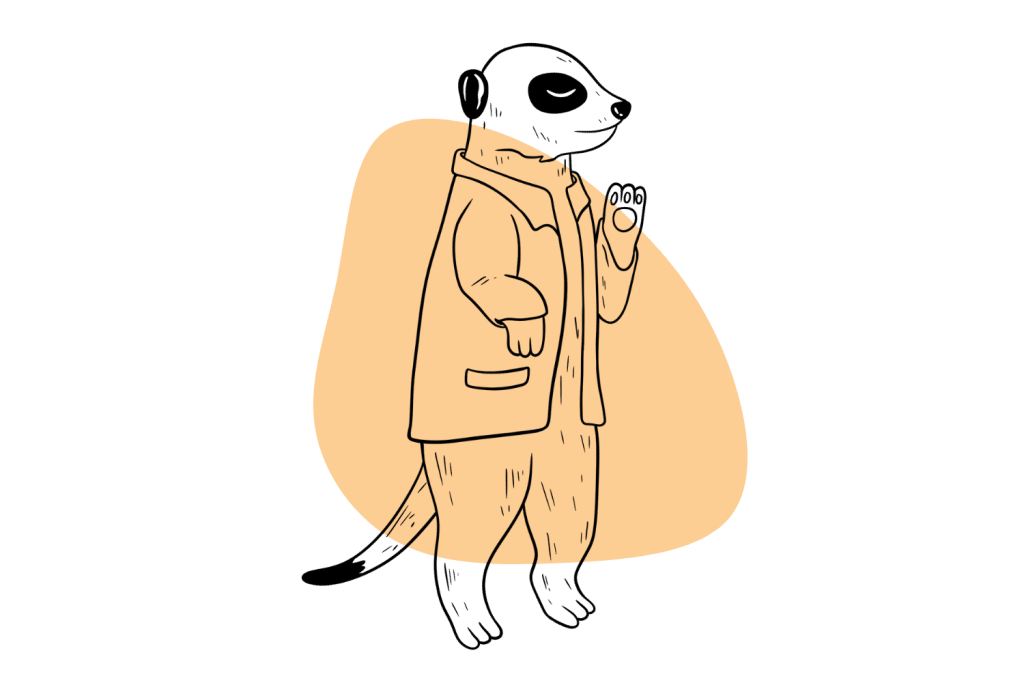
Do Not Take Nitrazepam If You Suffer From Certain Conditions
You should let your doctor know if you have any health conditions because nitrazepam may make them worse. Avoid nitrazepam in:
- Any major operations
- Any psychological disorder
- Chronic lung disease
- Glaucoma
- Kidney disease
- Liver disease
- Women who are pregnant, nursing, or trying to get pregnant
Similar Benzodiazepines
N-desmethyl nimetazepam — or nitrazepam — is an intermediate-acting benzodiazepine with 14 to 30 hours of elimination half-life and a bioavailability of 53-94%. The onset time is 30 to 60 minutes after oral administration [2].
Once consumed, a 5mg dose can generally induce sleep for almost 8 hours. Peak blood levels of nitrazepam are reached after two hours of ingestion due to the drug’s efficient absorption.
It is a strong central nervous system depressant with the potential for addiction, just like other medications in the benzodiazepine class.
The following other benzodiazepines perform comparable actions to nitrazepam:
Nitrazepam Vs. Other Intermediate to long-Acting Benzodiazepines [6]
| Nitrazepam | Clonazepam | Bromazepam | Diazepam | Chlordiazepoxide | |
| Chemical Composition | 1,4-benzodiazepine | 1,4-benzodiazepine | 1,4-benzodiazepine | 1,4-benzodiazepine | 1,4-benzodiazepine |
| Route of Adminitstration | Oral | Oral | Oral | IV, IM | Oral, IV |
| Onset of Action | 30 to 60 minutes | 1 hour | 60 minutes | 15 to 60 minutes | 1 to 2 hours (oral) |
| Peak Concentration | 2 hours | 1 to 2 hours | 1 to 4 hours | 1 to 1.5 hours | 2 hours |
| Duration of Effects | Long-acting (14 to 30 hours) | Intermediate-acting (18 to 50 hours) | Intermediate-acting (8 to 19 hours) | Long-acting (20 to 80 hours) | Long-acting (36 to 200 hours) |
| Mechanism of Action | GABA-A receptor agonist | GABA-A receptor agonist | GABA-A receptor agonist | GABA-A receptor agonist | GABA-A receptor agonist |
| Medical Uses | Panic disorders, seizures, anxiety, sleep disorders | Panic disorders, seizures, anxiety | Anxiety disorder, alcohol withdrawal | Seizures, alcohol withdrawal, insomnia, muscle spasms, panic disorder, anxiety disorders | Panic disorders, alcohol withdrawal, anxiety disorders |
Alternatives To Benzodiazepines
A few herbal remedies replicate the effects of nitrazepam by enhancing the activity of GABA.
These remedies lack enough research to show their effectiveness. Therefore, we recommend you speak with your physician before utilizing these natural GABA influencers.
Some of the top options for natural solutions include
Kava
A traditional drink called Kava, or Piper methysticum, is typically sold over the counter to help with anxiety, stress, and insomnia. Its primary component, kavain, works similarly to benzodiazepines — amplifying the activity of GABA receptors [7].

Lavender
Lavender in the form of essential oil may help with anxiety and insomnia. Linalool and linalyl acetate, the two main terpenoid components of lavender essential oil, may work together to have an anti-anxiety effect.
Research suggests this mechanism is blocking voltage-gated calcium channels, decreasing 5HT1A receptor activity, and raising parasympathetic tone [8].
Gotu Kola
Gotu kola, or Centella asiatica, is an anxiolytic herb that may possess antiepileptic properties. Traditional medicine has long used it as a sedative.
Some think Gotu kola may increase GABA levels in the brain, leading to its potential antiepileptic properties [9].
Valerian Root
Valerian (Valeriana officinalis l.) is widely used in traditional medicine to treat sleep disorders, citing hypnotic and sedative properties. It may help regulate the GABAA receptors and boost the release of GABA as well [10].
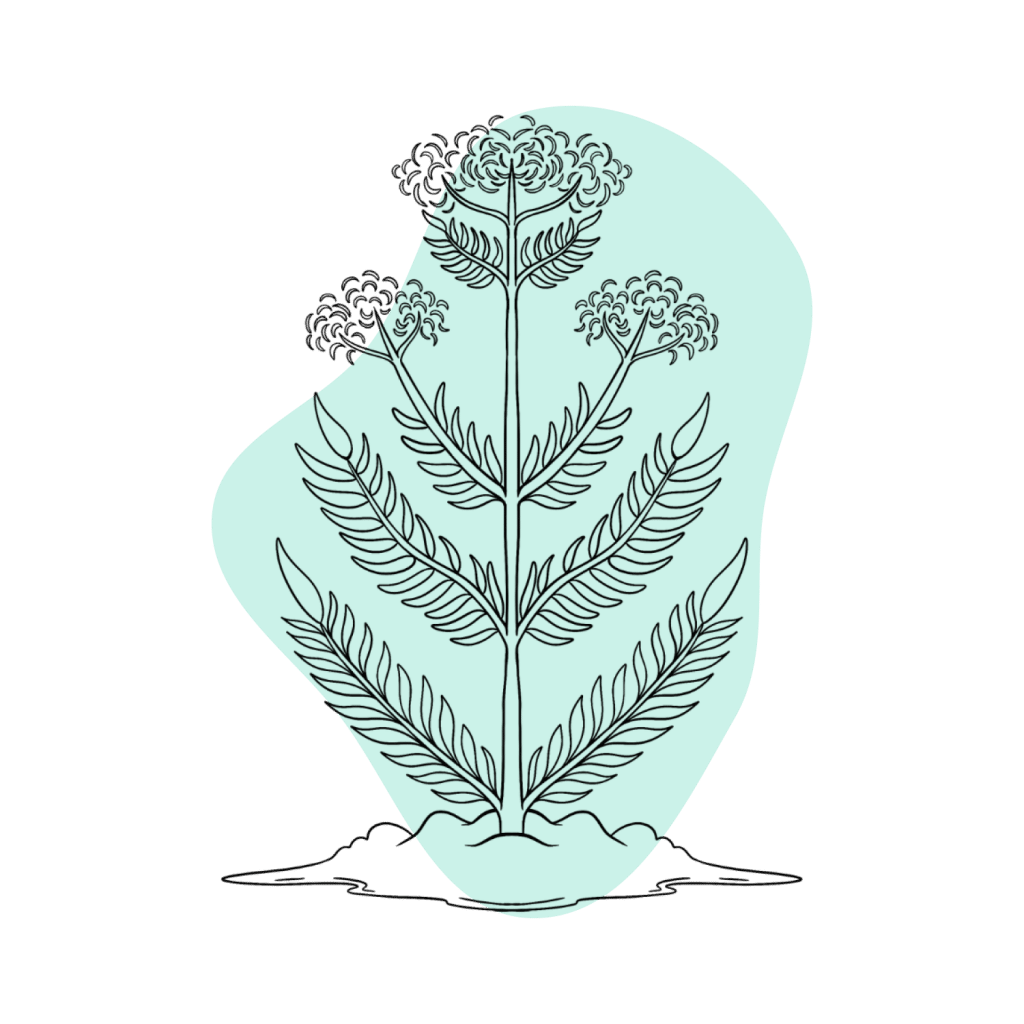
Chamomile
Chamomile may help regulate GABA and other neurotransmitters, including serotonin and dopamine [11]. This ability can help it to treat insomnia, anxiety, and problems with digestion.
Mugwort
Some mugwort species, or Artemisia indica, might help treat depression and sleep disorders. These plants bond to the same site as benzodiazepines in the GABAA receptors and may help provide sedative effects [12].
They might also help in treating depression.
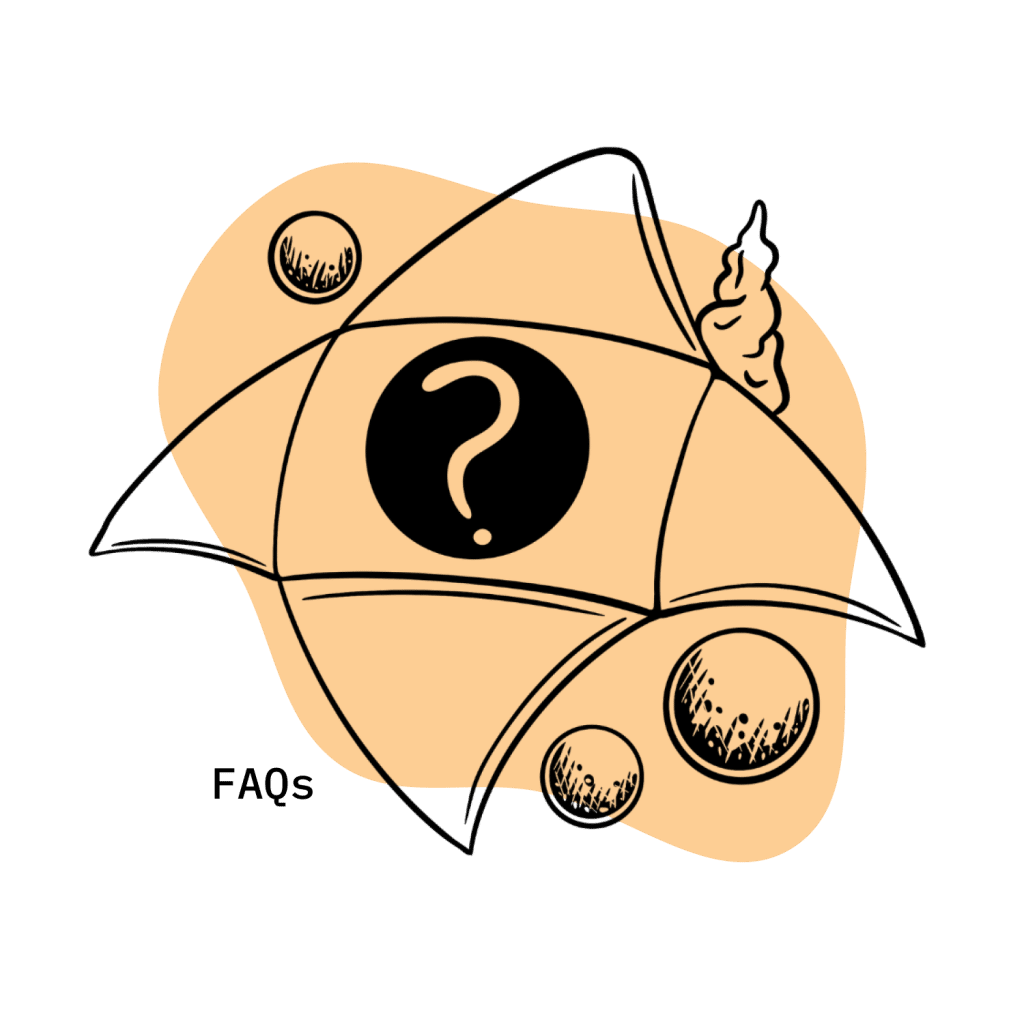
Nitrazepam FAQs
How does Nitrazepam Make Me Feel?
Nitrazepam generally makes you feel calmer and helps to induce sleep. This will give you a night of proper sleep and help you wake up more energized. It also helps to reduce anxiety symptoms.
How Long Do Nitrazepam’s Effects Last?
Nitrazepam is a long-acting benzodiazepine. A single 5mg dose of nitrazepam may last up to 30 hours after administration. It can provide a full 8 hours of uninterrupted sleep. Getting used to the drug’s effects may take a few days.
What Happens if you Take Too Much Nitrazepam?
Consuming an overdose of nitrazepam can cause a variety of symptoms: problems in breathing, dizziness, maintaining balance, and thinking, along with slurring of voice and extreme sleepiness.
If left alone, some of these symptoms can be extremely dangerous.
Can Nitrazepam Cause Addiction?
If you use nitrazepam for a brief time — a timeline we’d define as around 2–4 weeks — you aren’t likely to form a dependence. The longer that use continues, the higher the risk of addiction and dependence becomes.
If you have a history of drug or alcohol addiction, your risk of developing addiction also rises. You should always disclose addiction and abuse habits to your doctor.
Do I Need to Avoid Any Foods or Drinks While Taking Nitrazepam?
You should not take alcohol while on benzodiazepines of any kind, as this may cause side effects like intense headaches, dizziness, and vomiting.
Taking caffeine while you are on nitrazepam is also not recommended, as the former can reduce the latter’s effect.
Conversely, grapefruit juice may greatly increase the effectiveness of nitrazepam, leading to severe sedation.
References
- Mizuno, K., Katoh, M., Okumura, H., Nakagawa, N., Negishi, T., Hashizume, T., … & Yokoi, T. (2009). Metabolic activation of benzodiazepines by CYP3A4. Drug Metabolism and Disposition, 37(2), 345-351.
- National Center for Biotechnology Information (2023). PubChem Compound Summary for CID 4506, Nitrazepam.
- Walters, R. J., Hadley, S. H., Morris, K. D., & Amin, J. (2000). Benzodiazepines act on GABAA receptors via two distinct and separable mechanisms. Nature Neuroscience, 3(12), 1274-1281.
- Duval, A., Malecot, C. O., Perchenet, L., & Piek, T. (1993). The benzodiazepine midazolam preferentially blocks inactivated Na channels in skeletal muscle fiber. Naunyn-Schmiedeberg’s archives of pharmacology, 347(5), 541-547.
- Hemavathi, K. G., & Gulati, O. D. (1984). Investigation of the muscle relaxant activity of nitrazepam. Archives internationales de pharmacodynamie et de thérapie, 272(1), 129-139.
- Griffin, C. E., Kaye, A. M., Bueno, F. R., & Kaye, A. D. (2013). Benzodiazepine pharmacology and central nervous system–mediated effects. Ochsner Journal, 13(2), 214-223.
- Chua, H. C., Christensen, E. T., Hoestgaard-Jensen, K., Hartiadi, L. Y., Ramzan, I., Jensen, A. A., … & Chebib, M. (2016). Kavain, the major constituent of the anxiolytic kava extract, potentiates GABAA receptors: functional characteristics and molecular mechanism. PLoS One, 11(6), e0157700.
- Malcolm, B. J., & Tallian, K. (2017). Essential oil of lavender in anxiety disorders: ready for prime time? Mental Health Clinician, 7(4), 147-155.
- Gohil, K. J., Patel, J. A., & Gajjar, A. K. (2010). Pharmacological review on Centella asiatica: a potential herbal cure-all. Indian journal of pharmaceutical sciences, 72(5), 546.
- Shinjyo, N., Waddell, G., & Green, J. (2020). Valerian root in treating sleep problems and associated disorders—A systematic review and meta-analysis. Journal of Evidence-Based Integrative Medicine, 25, 2515690X20967323.
- Mao, J. J., Li, Q. S., Soeller, I., Rockwell, K., Xie, S. X., & Amsterdam, J. D. (2014). Long-term chamomile therapy of generalized anxiety disorder: A study protocol for a randomized, double-blind, placebo-controlled trial. Journal of clinical trials, 4(5).
- Khan, I., Karim, N., Ahmad, W., Abdelhalim, A., & Chebib, M. (2016). GABA-A receptor modulation and anticonvulsant, anxiolytic, and antidepressant activities of constituents from Artemisia indica Linn. Evidence-Based Complementary and Alternative Medicine, 2016.

